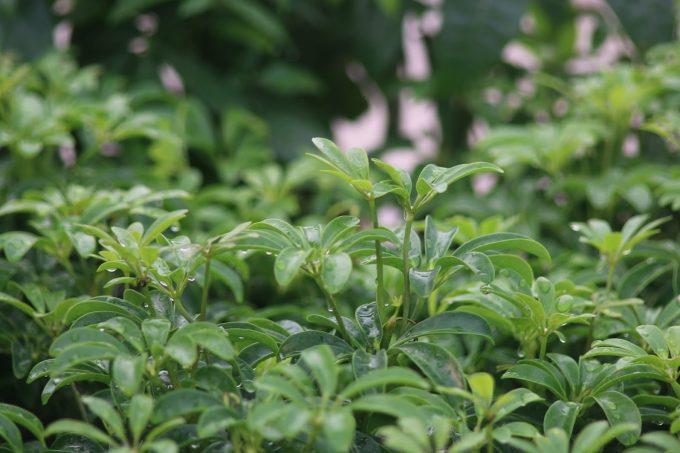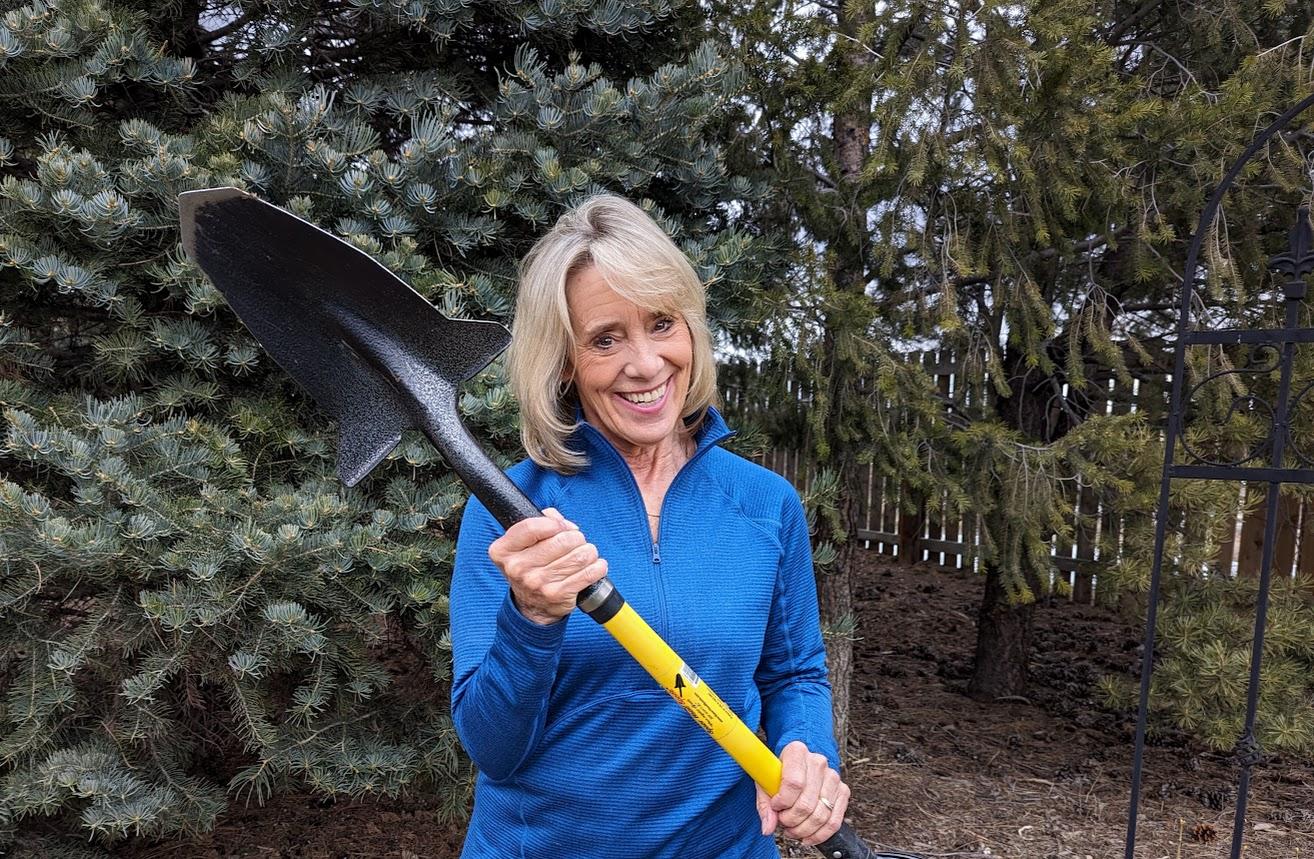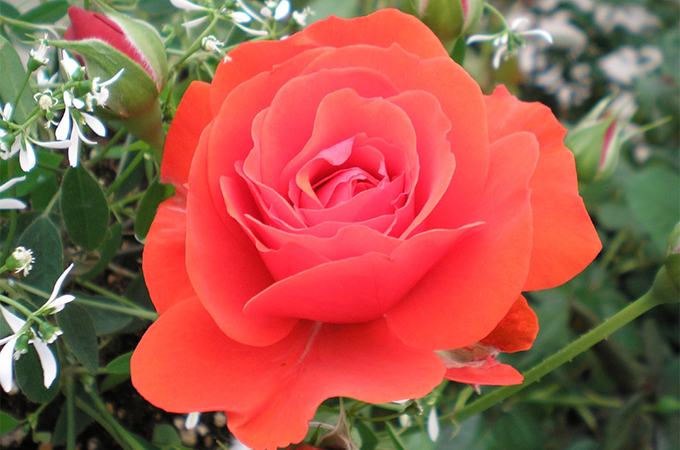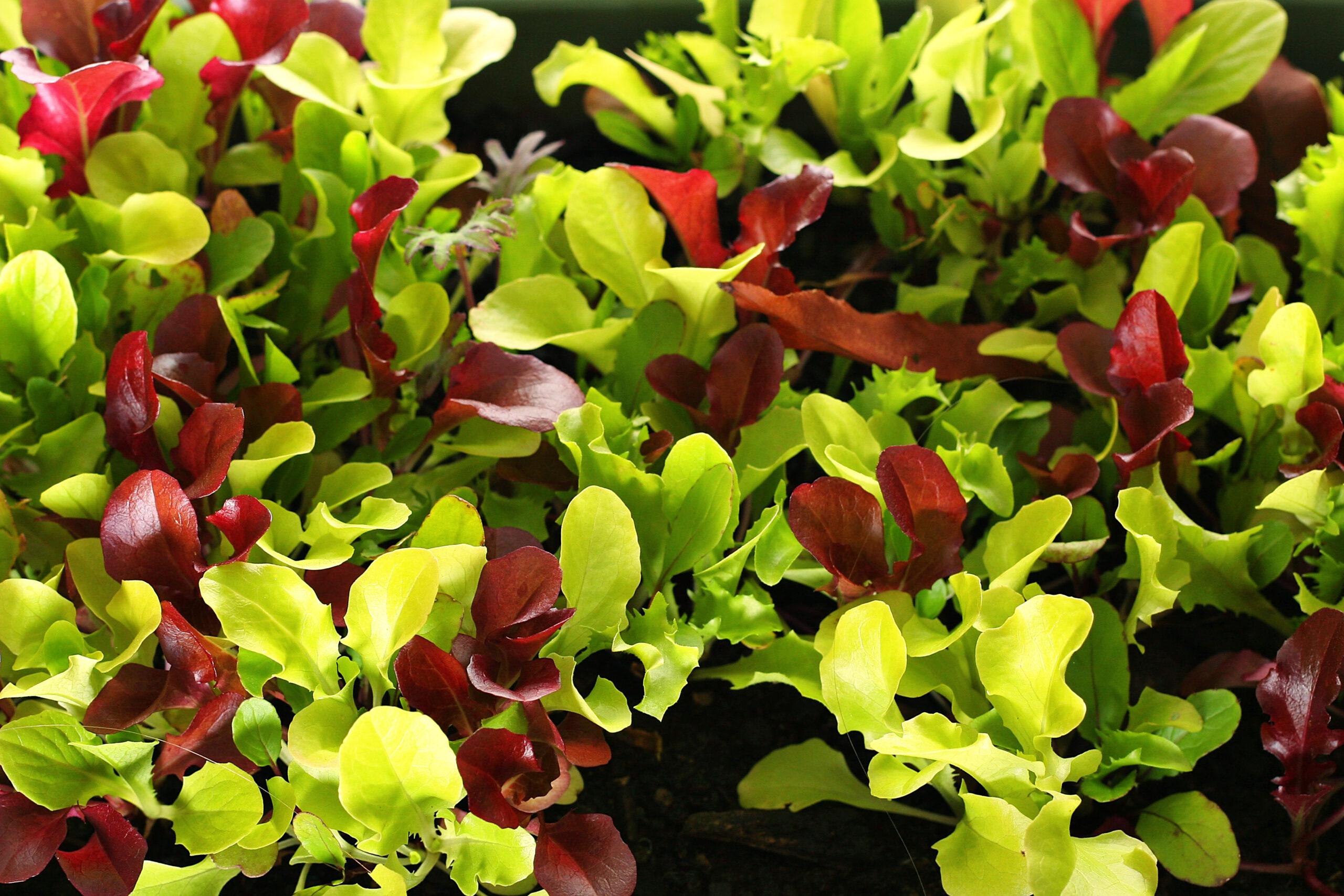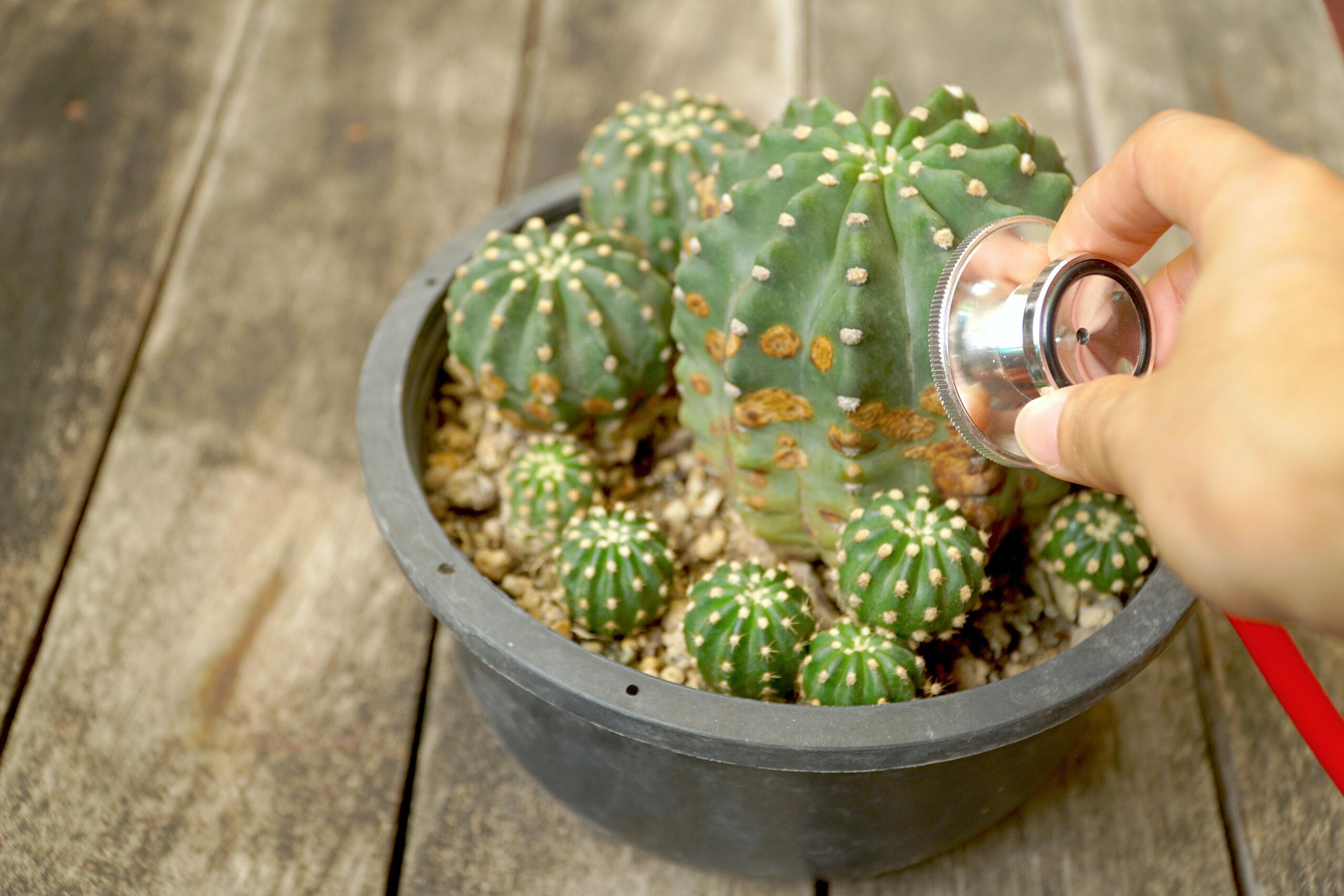Are you feeling it too? That mid-winter itch to poke around in some soil? Let houseplants come to the rescue!
If you’re part of the current houseplant craze, good for you! You’re finding that houseplants can lift your spirits by bringing Mother Nature indoors. Or maybe, like my lovely Swedish grandmother, you can’t remember a time when you didn’t have houseplants.

Right now, the Foliage Department at Tagawa’s is bursting with brand new shipments of houseplants. It’s a January tradition! So let’s take a moment to go over a few basics of how to care for houseplants, and scratch that mid-winter itch in the process. We’ll start with a look at the growing conditions where we want to display our plants.
Light
For most plants, light is a big part of their “diet.” So giving plants the light they need… and choosing plants for the lighting conditions you have, is essential for keeping them healthy.

Here are some criteria to help you determine what light levels you have in your home or office:
- “High light” = 3 to 6 hours of direct sun
- “Bright light” = 6 to 8 hours of indirect sun
- “Medium light” = 2 to 4 hours of direct morning sun or 4 to 6 hours of indirect sun.
- “Low light” = 3 to 4 hours of indirect sun
- “No light” = 3 hours or less of indirect sun
When plants aren’t getting enough light, they’re likely to have smaller leaves and leggy stretched-out stems. The stress of not getting enough light can also make tropical plants more susceptible to diseases and pests.
It’s good to remember to give your plants a quarter turn regularly so they don’t lean to the light and take on an unbalanced appearance.
Temperature
For the most part, tropical houseplants will be happy in temperatures ranging from 55* to 75*, in other words, they like the same indoor temps that we do! Nice!
There certainly are exceptions. Flowering houseplants often perform better if they’re kept in slightly cooler areas at night.. around 60* or so.
Humidity
Tropical houseplants can struggle in Colorado’s dry air, especially in winter when our homes are closed up and heated. “Pebble trays” can help.

Set your plant, or better yet a grouping of plants, on a shallow tray or saucer filled with two to three-inches of pea-sized pebbles and then fill the tray with water just to the top of the pebbles. This will create a small “bubble” of humidity right around the plants.
Never let the plants actually sit down in the water, or in any tray or saucer filled with water. If the pot can’t drain away excess water freely, the roots are likely to rot. Which brings up another point…
Soil
Potting soil is no place to skimp on quality. Healthy roots require good soil to be their best, so know what you’re buying.
Most of the foliage plants you’ll find in our Houseplant Department will do just fine in any of the general-purpose soils we sell and don’t need a special medium.
Just make sure the soil you use is clean and fresh and offers good drainage, which is essential for healthy roots.
Containers
It’s not impossible to successfully grow plants in pots without drainage holes, but it can be a whole lot harder.
When you’re choosing a container for your houseplants, think about making sure there’s a place for excess water to drain away.

If you want to display a plant without a saucer, trying using a pot-in-a-pot. Place the main pot that has drainage onto a saucer inside an outer pot that doesn’t have a drainage hole.
Again, just make sure you’re never letting the plant sit in standing water.
Watering
Did you know that the number one cause of houseplant death is overwatering? Proper watering for houseplants is as important as proper lighting.
As a general rule, most common houseplants will do best with the one-third rule: once the soil in the top one-third of the pot has dried down, water the plant thoroughly, until water comes out of the drainage holes. This just makes sense, given where the majority of the plant’s roots live. Water again, thoroughly, once the top one-third of the soil has dried.
There are some exceptions. Succulents, the plants that hold water within their leaves, stems, and roots, should be watered thoroughly, with excess water allowed to drain away. Don’t water them again until all of the soil has dried down completely.
A very few plants prefer soil that is kept evenly moist, but not soggy. The staff in Tagawa’s Foliage Department will be happy to explain which plants are somewhat more demanding in their watering requirements.
Fertilizer
Most of the time, foliage houseplants don’t need a specialized fertilizer. A quality 20-20-20 plant food used at half-strength every other watering, or quarter-strength every watering, will work just fine.
A plant’s metabolism will slow down in winter, so cutting back on the frequency and strength of your fertilizer program may be an option, as long as the plant continues to look healthy.
Repotting
For some people, knowing when—and when not—to repot a houseplant seems a bit tricky. Let’s take away some of the mystery.
As a general rule, most plants don’t need to be repotted until at least 50% of the root ball has visible roots showing. Some plants, Christmas cactus for example, actually prefer to be potbound.
When it is time to repot, don’t increase the pot size by more than a couple of inches. Putting a rootball into an over-sized pot means there’s going to be a lot of soil that the root system isn’t actually working. When the plant is watered, that idle soil will stay too wet and can become a breeding ground for disease. Not good!
If a plant has been in the same soil for a very long time, repotting may help give the plant a healthy boost. But even then, don’t put the plant into a pot that’s too big. Depending on the type of plant, the same sized pot may actually be just fine.
Come see us!
Our Tagawa houseplant crew is at the ready to help houseplant newbies choose plants that will be just right for their growing conditions.
And if you’re a veteran at growing houseplants, come on in and find something new for your own collection.
We’d love to help you scratch that mid-winter gardening and growing itch at Tagawa’s!
